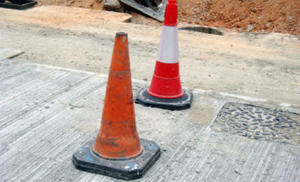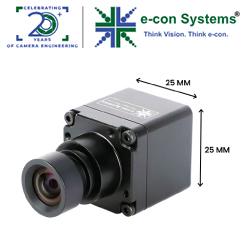Is robotics the key to repairing societal infrastructure?
 Chris Middleton for Diginomica: Anyone who’s been stuck in a gridlock during road repairs knows that maintaining our essential infrastructure can disrupt daily life for millions of people.
Chris Middleton for Diginomica: Anyone who’s been stuck in a gridlock during road repairs knows that maintaining our essential infrastructure can disrupt daily life for millions of people.
Repairing tarmac, rail networks, gas or water mains, cables, sewers, street lights, traffic control systems… the list goes on at ground level or beneath it. Meanwhile, fixing bridges, towers, and wind turbines presents its own set of challenges.
In crowded cities, disruptions can be long-lasting, expensive and frustrating. More, they often reveal how inefficient our systems are. The economic impact can be massive, and yet our infrastructures demand continuous building work, inspection, repair, renewal, and upgrading in order to prevent a worse type of disruption: critical failure.
Fixing these problems swiftly and efficiently could be a transformative application of robotics, according to a new white paper from UK-RAS, the umbrella organisation for British robotics research. Robotic and Autonomous Systems for Resilient Infrastructure is a UK analysis, but with conclusions and recommendations that have global applicability. As UK-RAS notes: Full Article:
Featured Product

